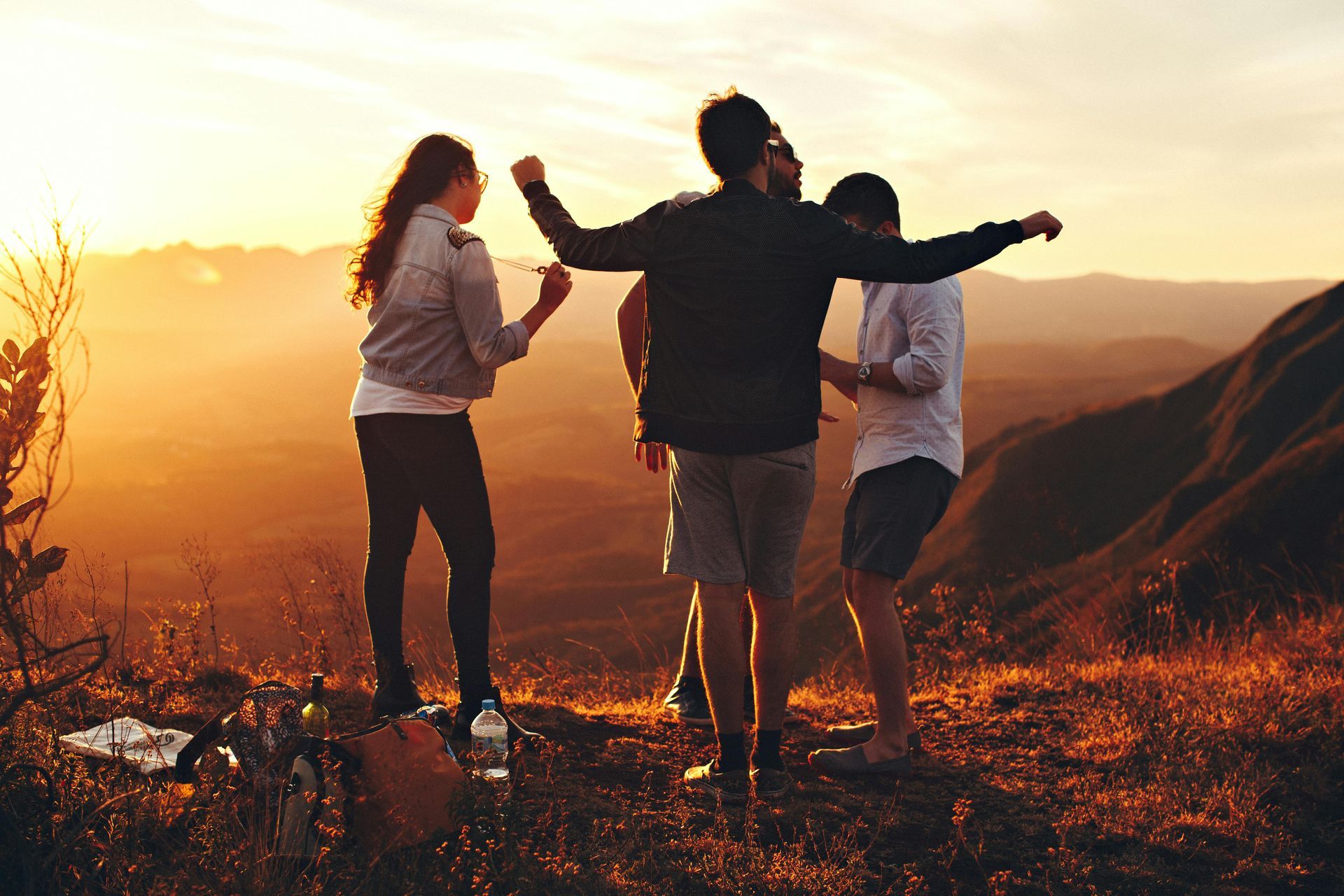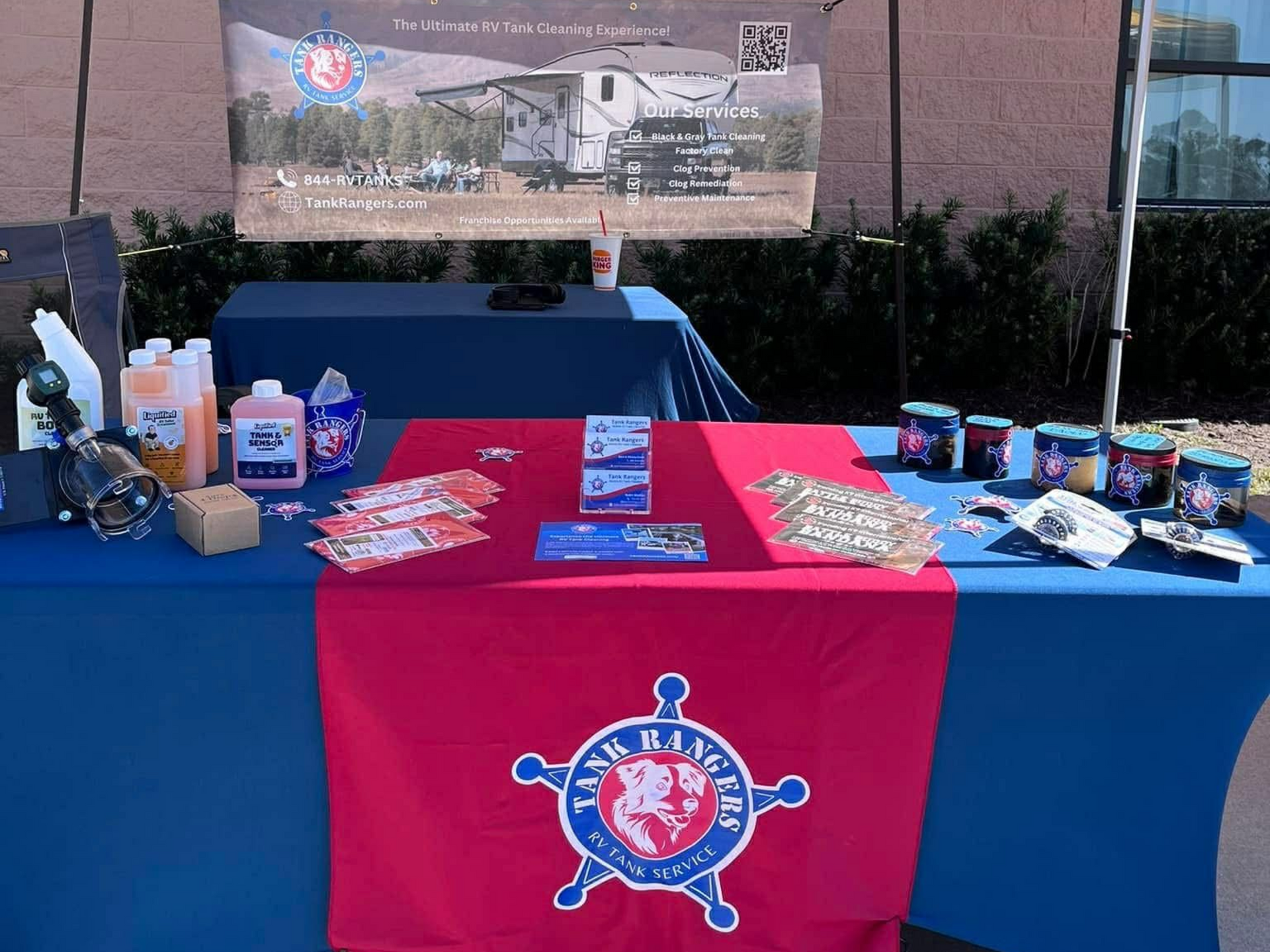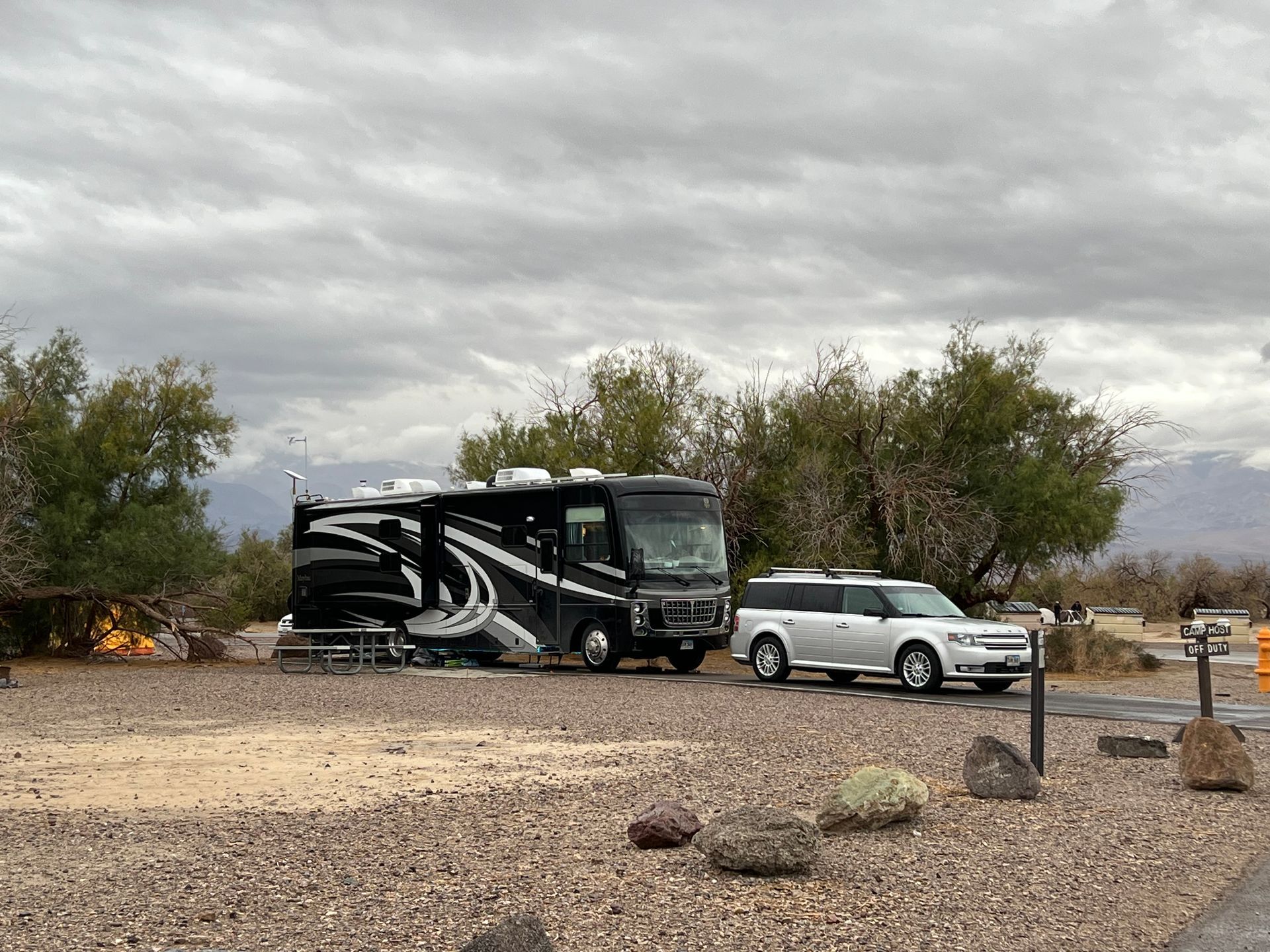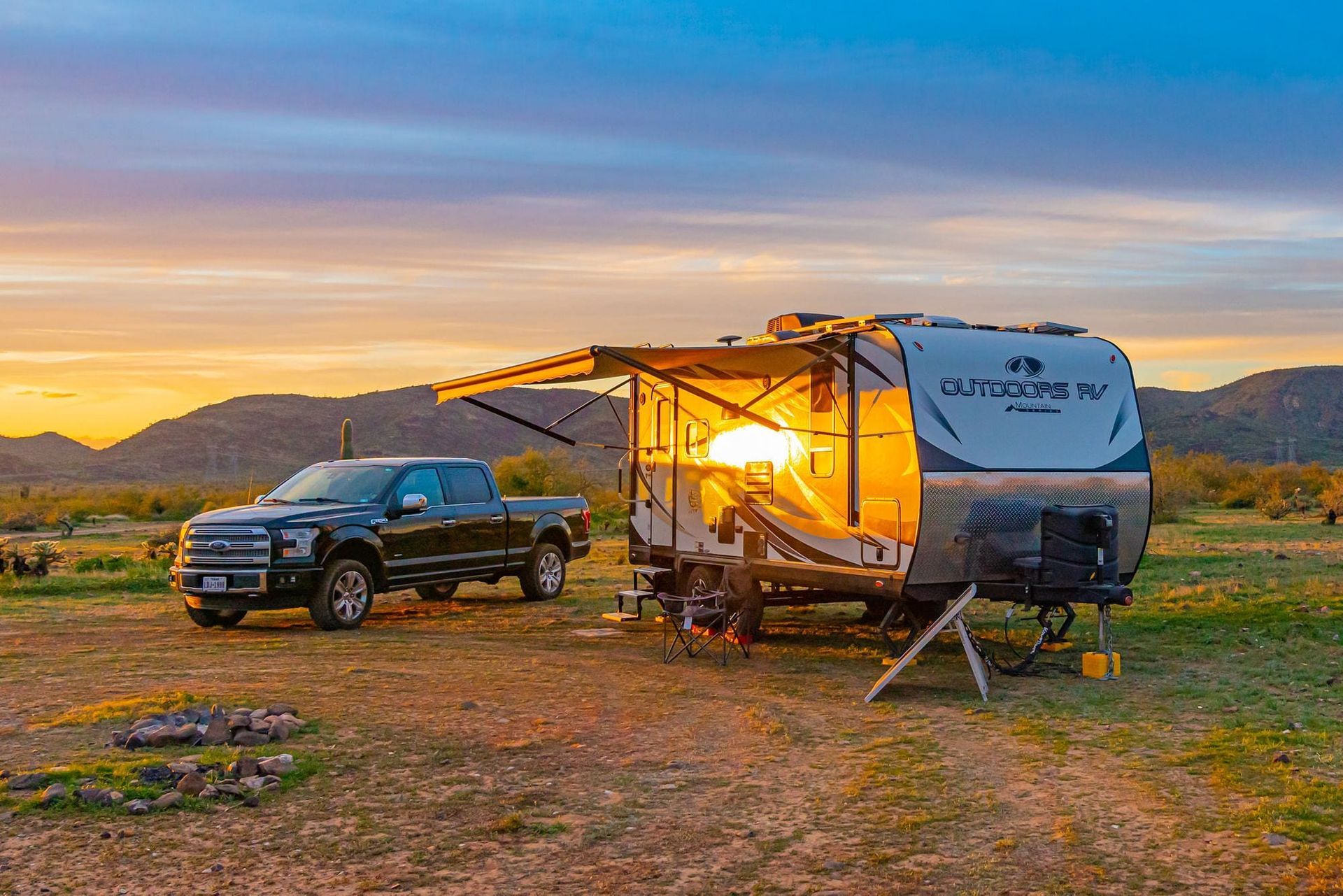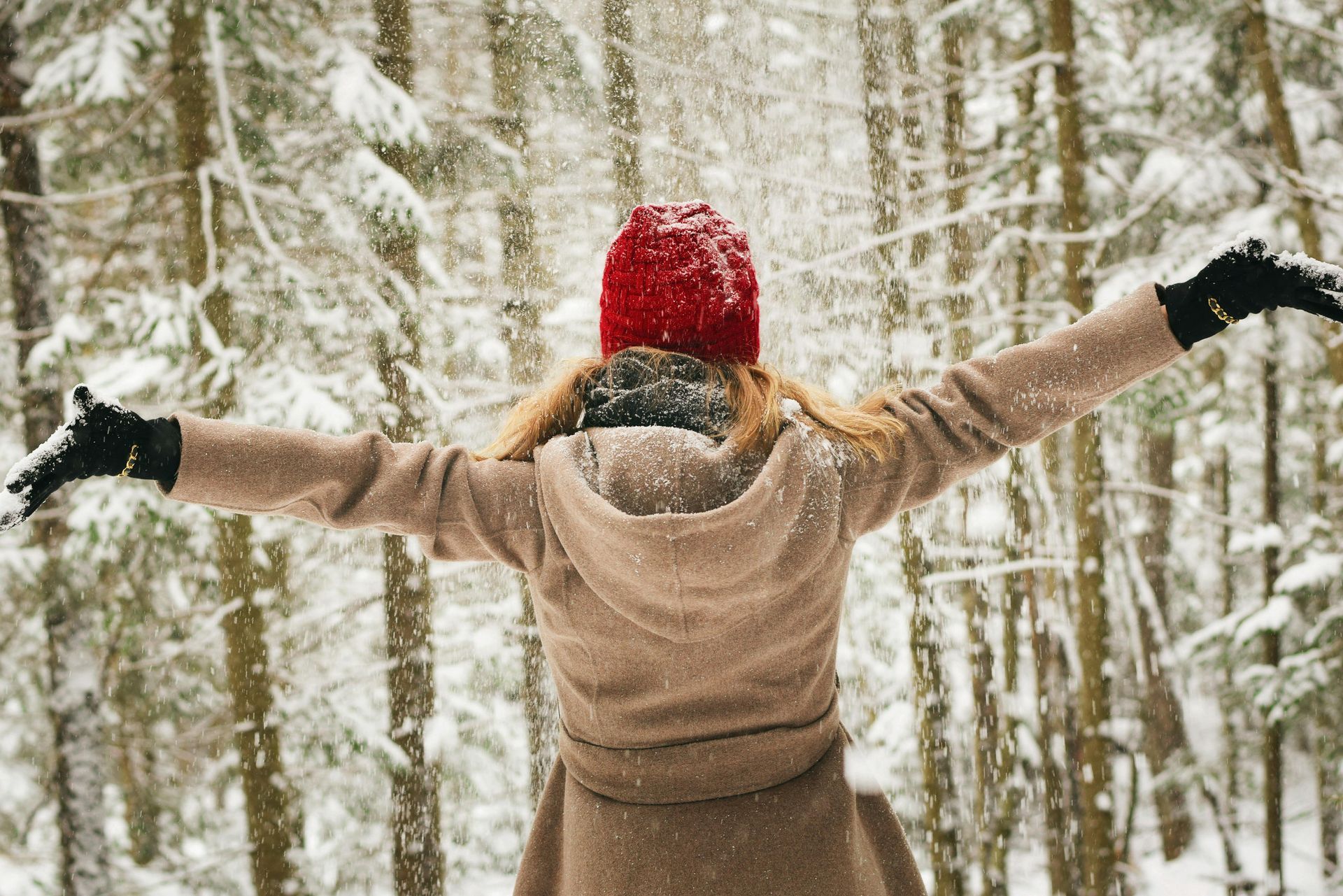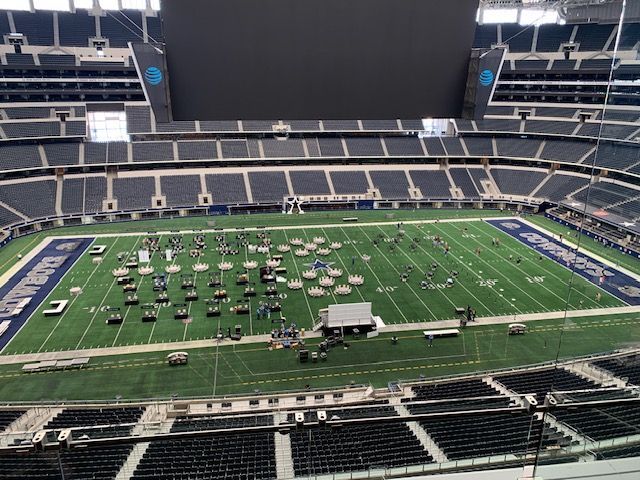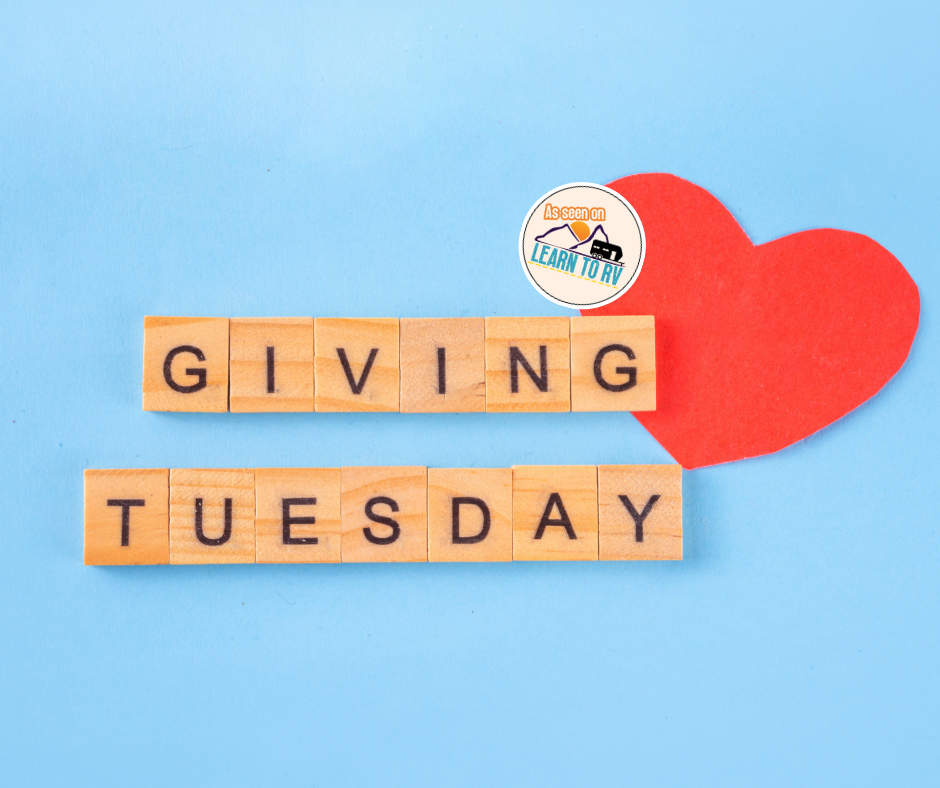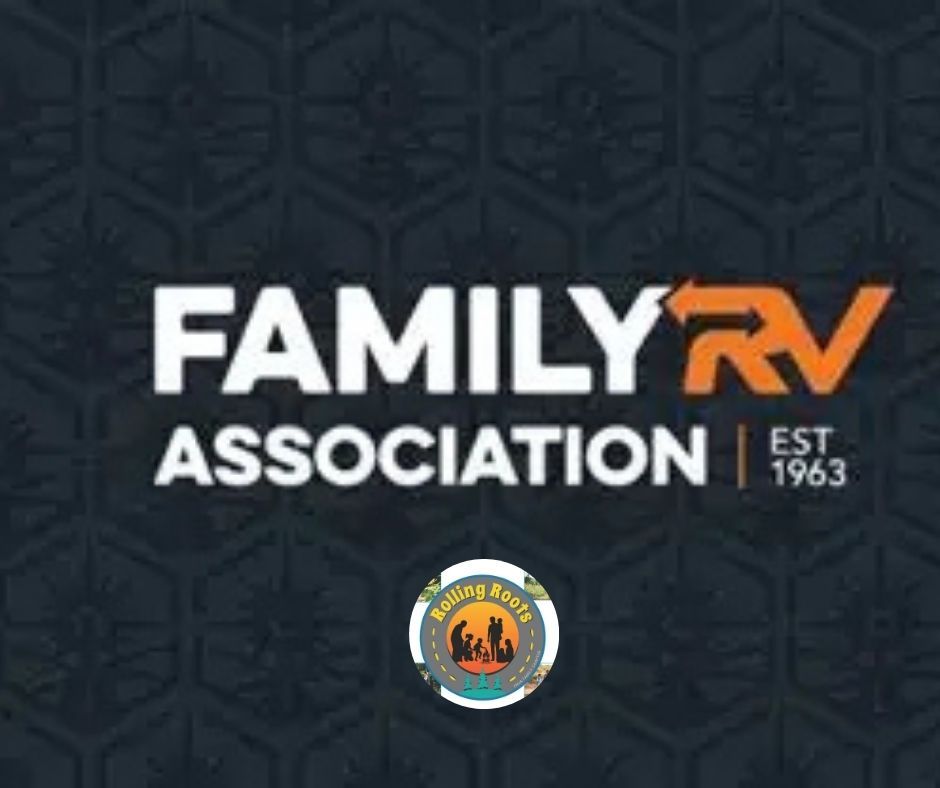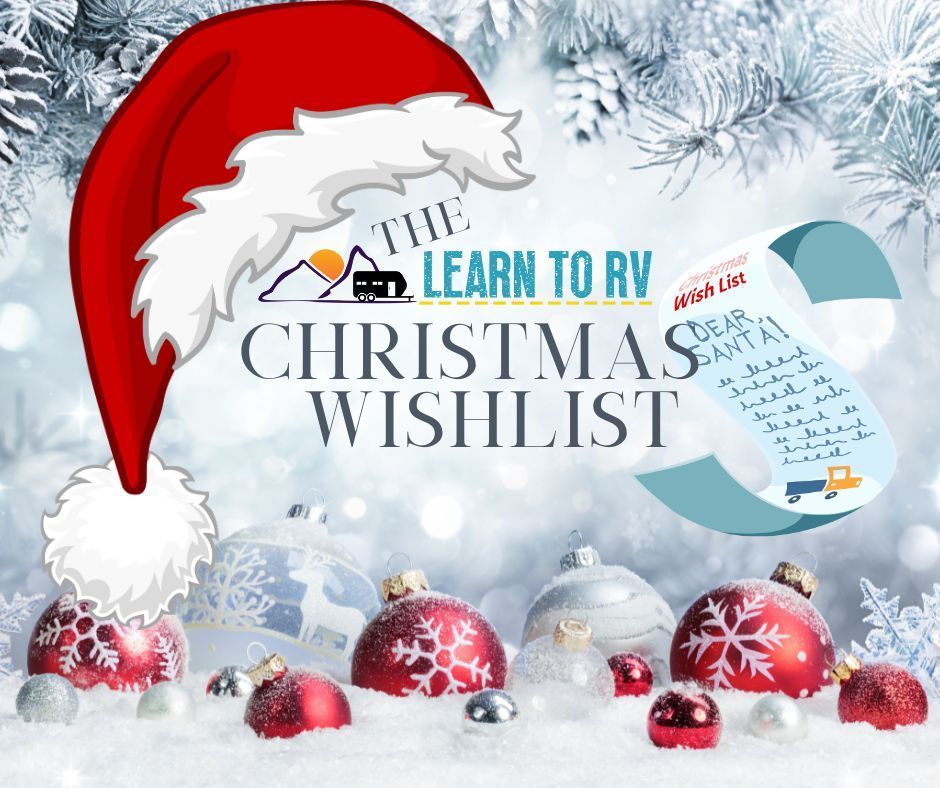10 Essential Tips for Hiking with Kids: Make Family Hikes Fun and Safe
Jennifer Aggio • April 25, 2025
Because the Best Memories Are Made Outdoors - Safely!
Spending time on the trail with your kids isn’t just good exercise, it’s a chance to unplug from screens, connect as a family, and explore the world in real time. But if you've ever had a hike derailed by sore feet, snack shortages, or “Are we there yet?” meltdowns, you know preparation is everything.
We’ve been hiking as a family for over eight years now. When we first started, our youngest was just a year old. These days, our oldest is 14, and we’ve experienced every stage from toddler tantrums on the trail to teen eye rolls at trailheads. One thing I’ve learned? No matter how much you plan or prepare… always expect the unexpected.
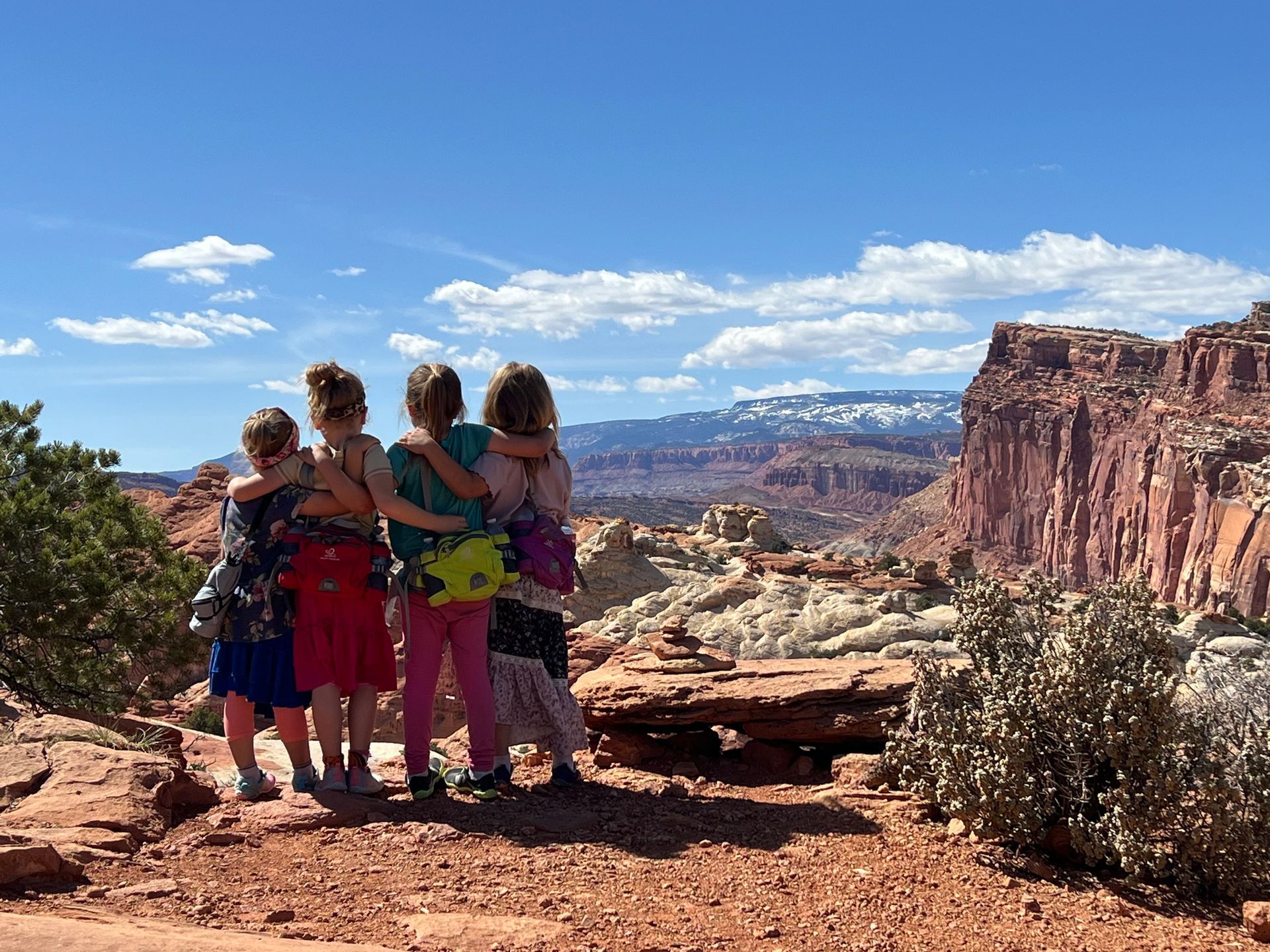
Our Wildest Family Hike: A Bear Encounter to Remember
Let me share one unforgettable experience that taught us this lesson in a big way.
A few summers ago, we were staying near West Yellowstone and planned a hike with another large family in the area. Between the two families, we had 14 people on the trail, plenty of noise and movement, which usually means you’re less likely to encounter wildlife like bears. We weren’t newbies to bear country either. We had all taken bear safety courses, carried bear spray, and taught our kids exactly what to do in case of a bear encounter.
Feeling confident, we set off on a short trail just on the edge of town that looped into Yellowstone National Park. Within the first mile, we passed a woman with a dog (side note: dogs aren’t allowed on most national park trails, but that’s another conversation). She looked shaken. She warned us that she had just seen a bear, possibly a black bear, but said her dog scared it off. We thanked her… and then kept hiking. Mistake number one.
I shrugged it off. “We’ve got bear spray. We’ve got 14 people. The kids aren’t exactly quiet. We’re good!”
We stopped about halfway to have a snack when the rain started. Not ideal, but manageable, honestly, the kids were having fun with it. But then, BOOM! Thunder cracked overhead, and that was a game-changer. The kids freaked out. We got them calmed down and kept going.
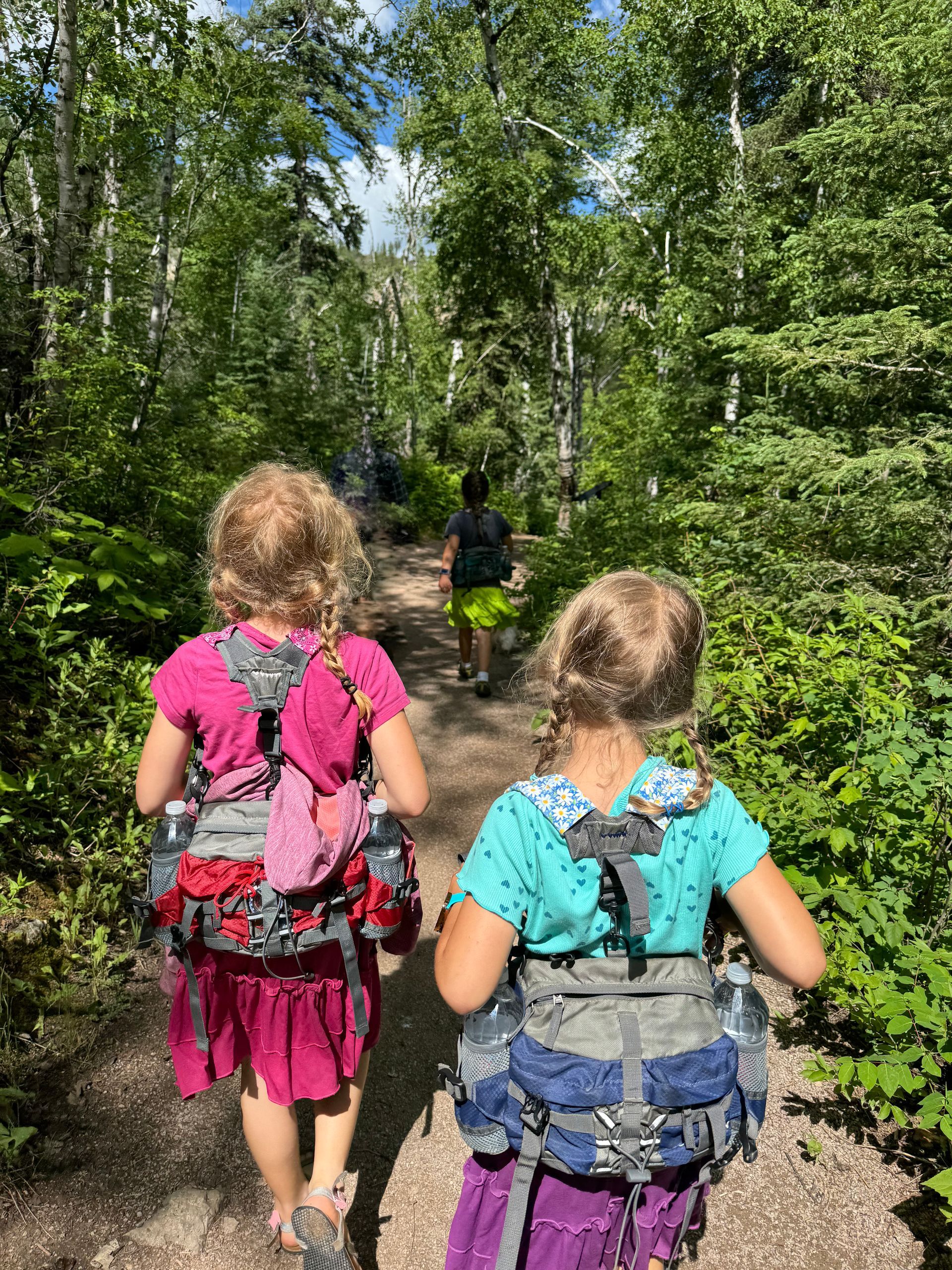
Here’s where mistake number two happened: the kids were up front together, and all the adults were at the back. Normally, we hike with an adult in front and one at the rear, both with bear spray ready. That day, we got a little too comfortable.
Suddenly, one of my daughters came running toward me, pale as a ghost. “MOM, THERE’S A BEAR!”
At first, I couldn’t see anything. Then, two cubs darted across the trail ahead. And where there are cubs, there’s a mama. Sure enough, moments later, she appeared.
It was a grizzly.
Everything after that happened in what felt like slow motion. I looked around to count the kids. All of them had instinctively run, except for one. My youngest. The one who knew not to run because we’d taught her that. But that also meant she was standing out front, alone.
We locked eyes. She looked at the bear, then at me, and made the decision to run to me. At the exact same moment, the bear bluff charged.
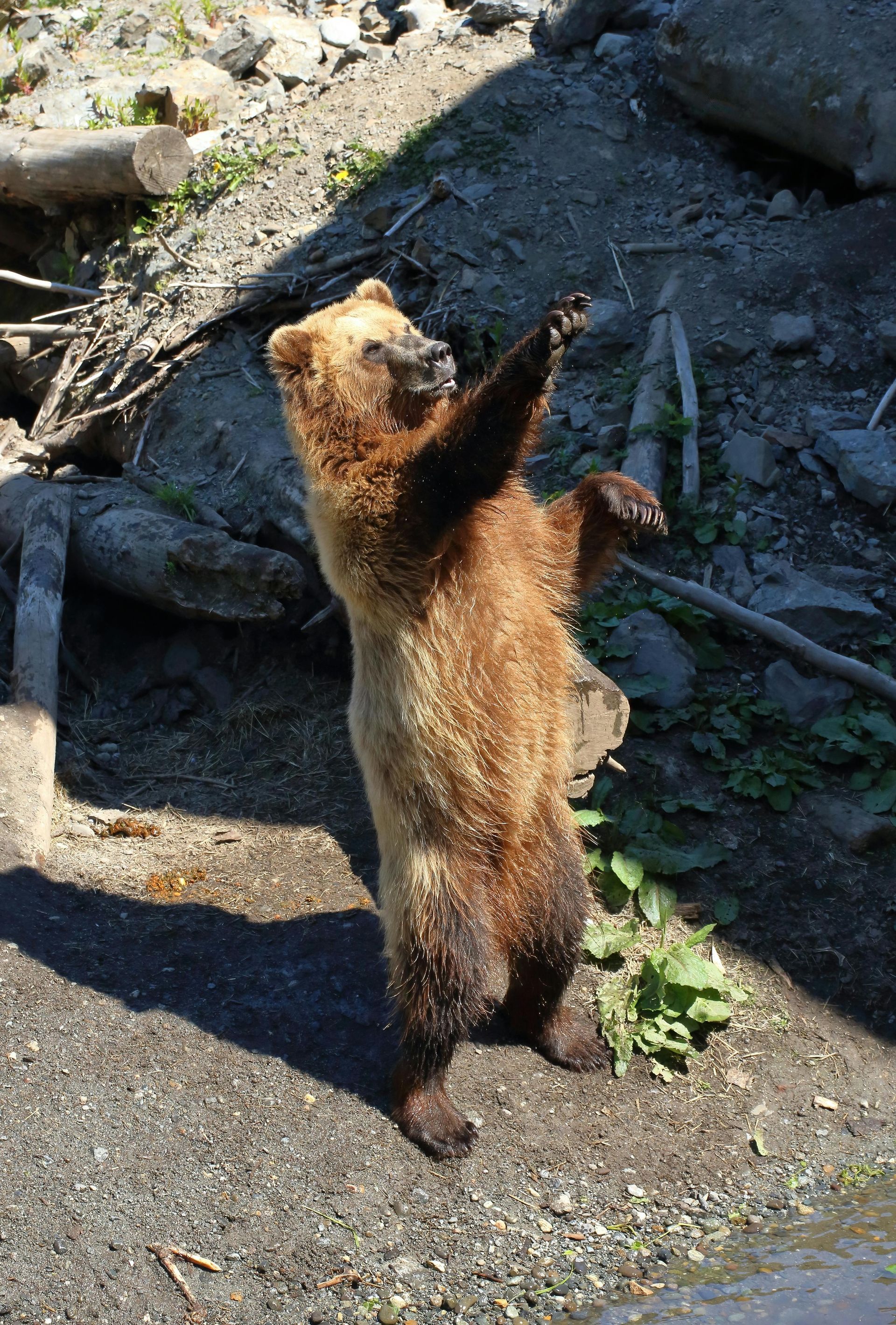
No this isn't my picture, didn't think to take one haha, but it looked a lot like this except it was pointed AT US!
Now everyone was screaming, yelling "Bear! Bear! Go away!" The grizzly rose up on her hind legs, just 30 or so feet in front of us. My husband acted fast, he had his bear spray out and started spraying. That snapped me back to reality. I reached for mine, trying to grab it while my kids were clinging to me. I managed to spray too, though part of me hesitated, I was thinking, what if I need it again? (Yes, your brain does weird things under pressure.)
We backed up slowly, yelling and keeping the spray between us and the bear. Finally, she had enough. She turned and ran off to follow her cubs.
It was an adrenaline rush like no other.
We were experienced hikers who had done almost everything "right," and still, we got caught off guard. Thankfully, everyone was okay. A few of us got a face full of bear spray (not fun, but we survived), and we walked away with a serious reminder:
Even when you’re prepared, nature doesn’t follow the rules.
That hike gave us a deeper respect for the wilderness, a renewed commitment to safety, and a story that none of us will ever forget.
That experience was a powerful reminder that while hiking with kids can be an amazing adventure, it also comes with its fair share of surprises. Over the years, we’ve learned so much from what to pack to how to keep things fun (and safe!) on the trail. Whether you're a seasoned hiker or just starting out with your little ones, these tips are designed to help you feel more confident, more prepared, and ready to create unforgettable memories, minus the bear encounters!
Here are 10 essential tips for hiking with kids that we've picked up along the way:
Tip #1: Choose the Right Trail
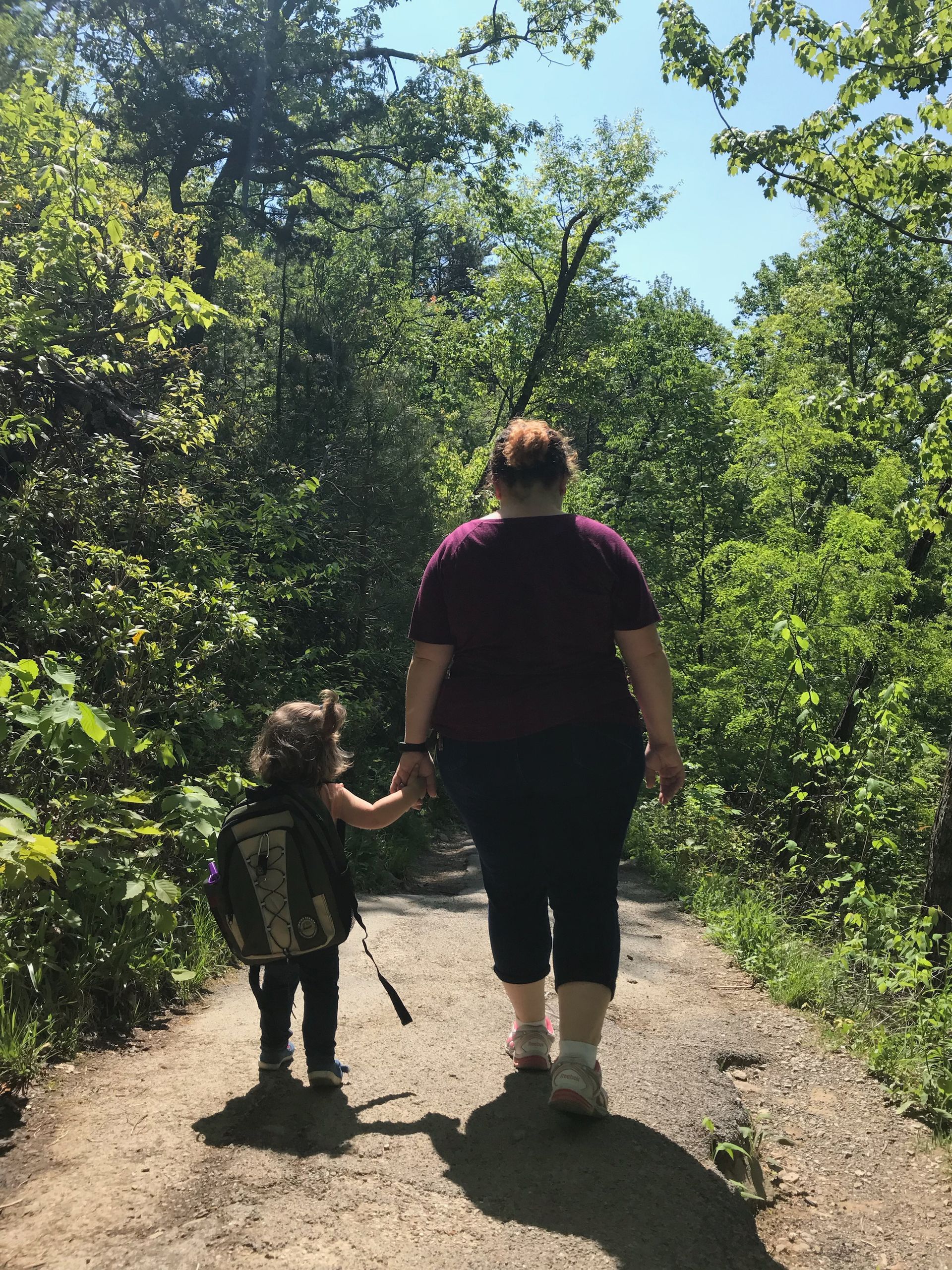
Start small. The trail you pick can make or break the experience. Choose a short, well-maintained loop with interesting features like waterfalls, wildlife viewing, or tree tunnels. Apps like AllTrails or local parks & rec websites often list trails by difficulty and family-friendliness.
Bonus Tip: Avoid trails with steep drop-offs or long uphill climbs until your child builds trail confidence.
Tip #2: Dress in Layers
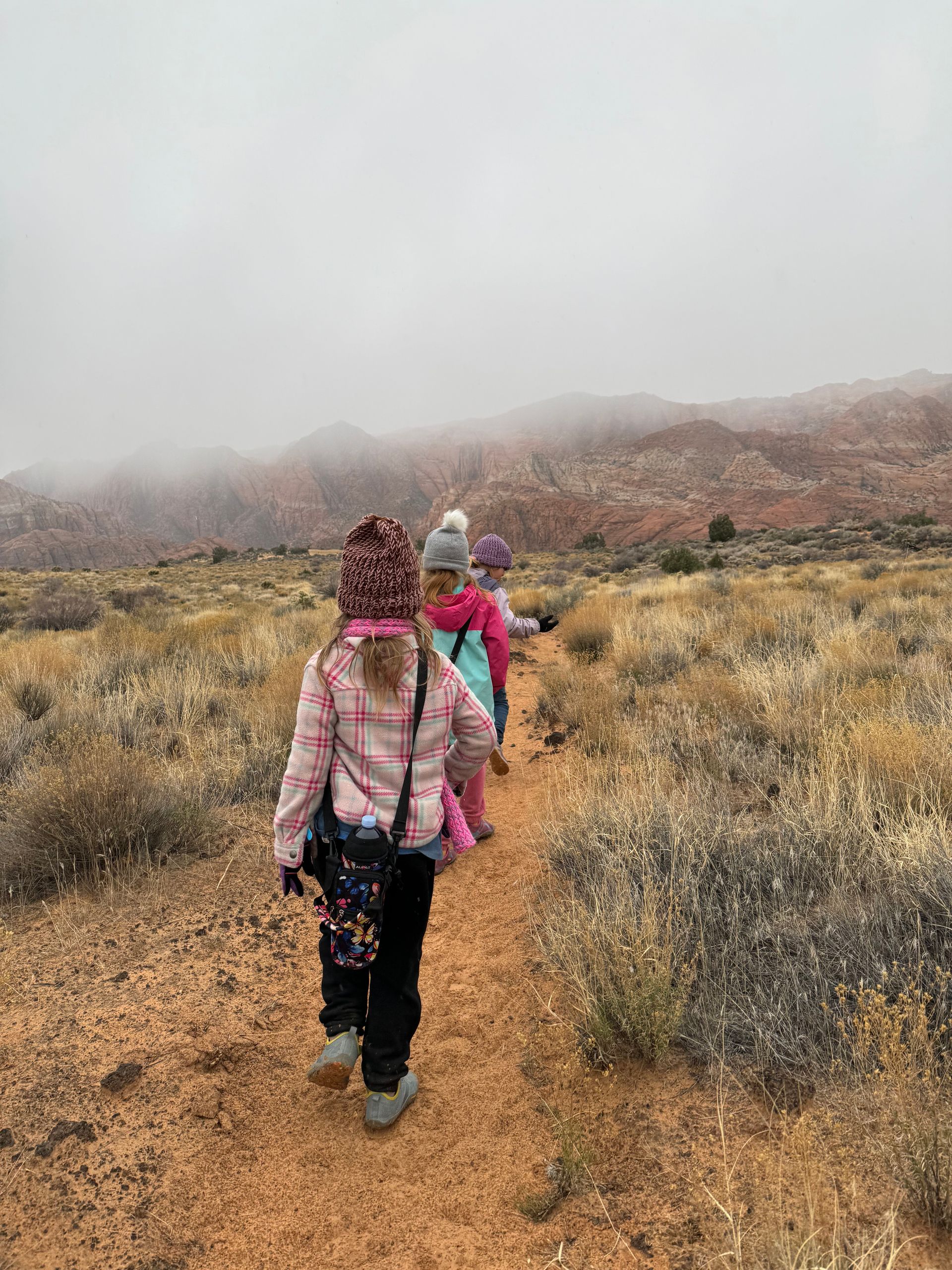
Kids' bodies regulate temperature differently than adults'. You might be sweating, while they’re shivering, or vice versa. Dress them in breathable base layers, and bring jackets or fleeces you can add or remove as needed. Don’t forget moisture-wicking socks and comfy, supportive shoes.
Trail Truth: Wet socks can ruin a hike fast. Always carry an extra pair for each child, or let them hike in sandals!
Tip #3: Pack Plenty of Snacks and Water
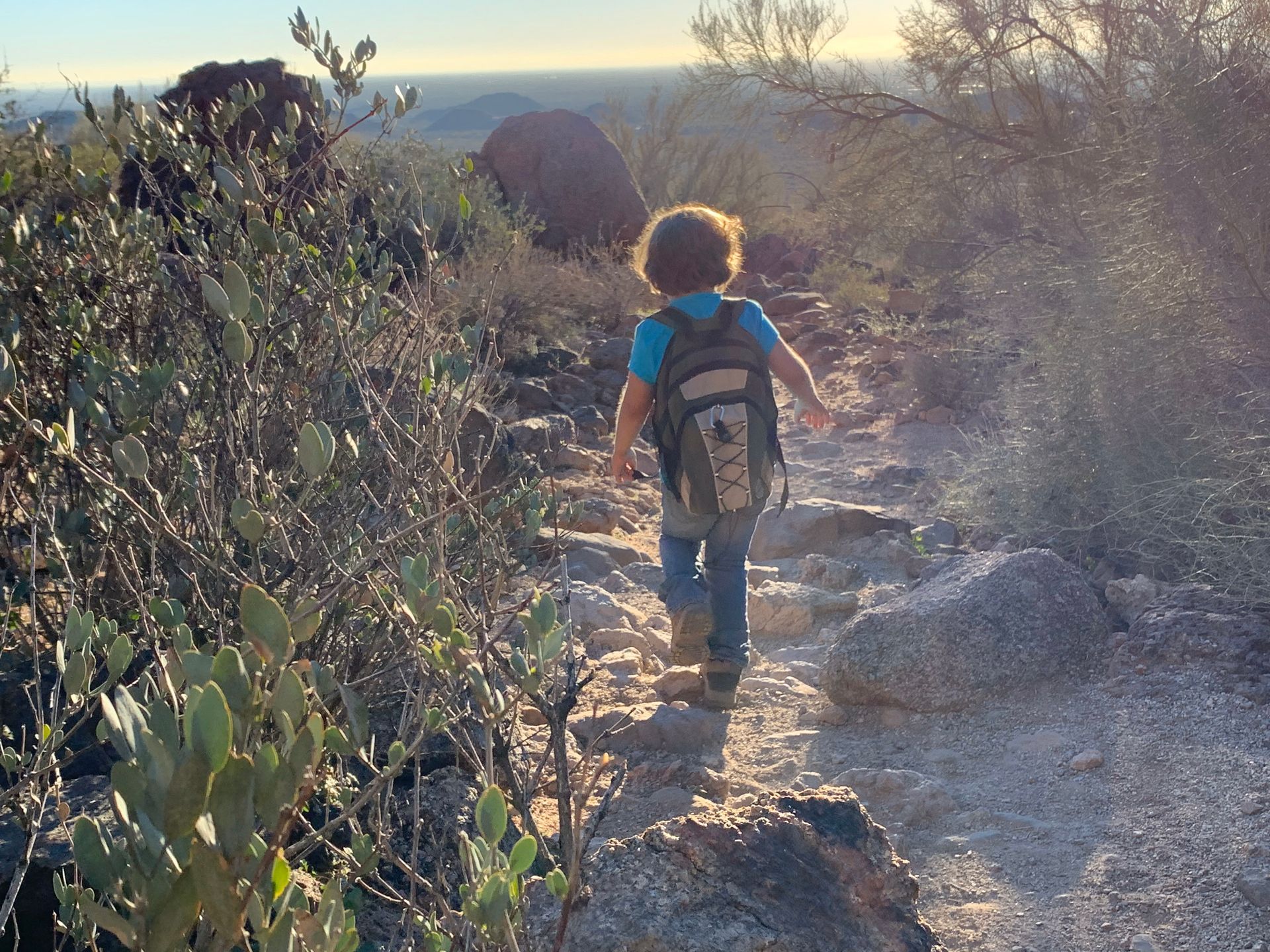
For kids, snacks aren’t just food, they’re motivation! Pack more than you think you’ll need and mix healthy options with a few fun trail treats (gummy bears or granola bars are great trail bribes). We are healthy eaters so we typically pack things like protein bars, dried fruit and nuts.
Water, let me put it this way, you can never pack too much water. A good general rule would be one standard size water bottle for every hour you plan to hike per person. This is why giving everyone their own pack is important.
Pro Tip: Freeze pouches of applesauce or fruit before your hike for a cool mid-trail snack.
Tip #4: Make It Fun
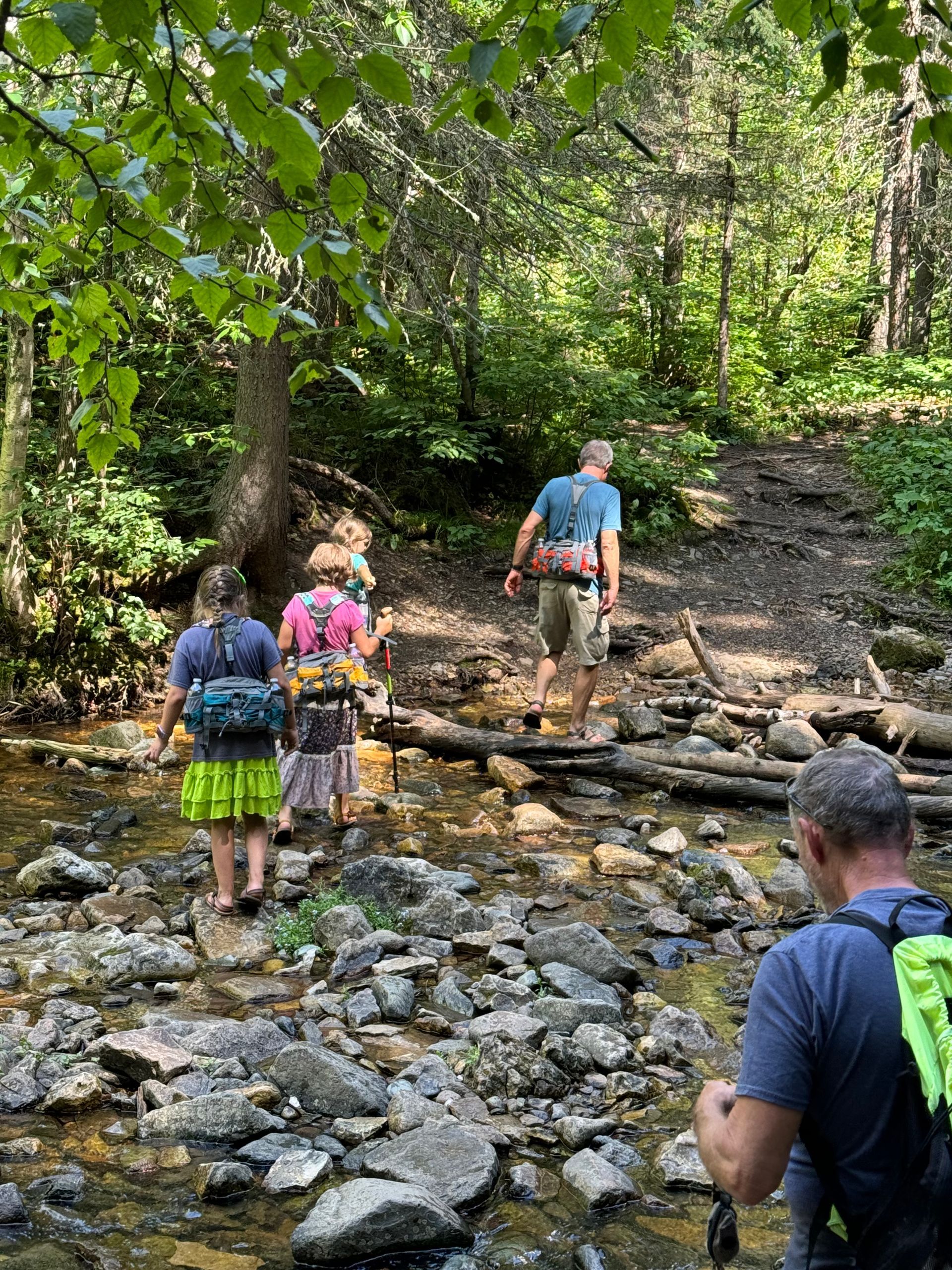
Kids are naturally curious, use it to your advantage! Turn your hike into a game:
- Play “I Spy” with nature
- Look for animal tracks or interesting leaves
- Bring binoculars for birdwatching
- Hand out kid-sized cameras or journals to record the journey
Parent Hack: Print out a simple scavenger hunt list ahead of time for extra engagement. Also if you are at a State Park or National Park, inquire about their Junior Ranger Program. This can make the hike fun too because they can earn a badge!
Tip #5: Take Breaks (and Don’t Rush)
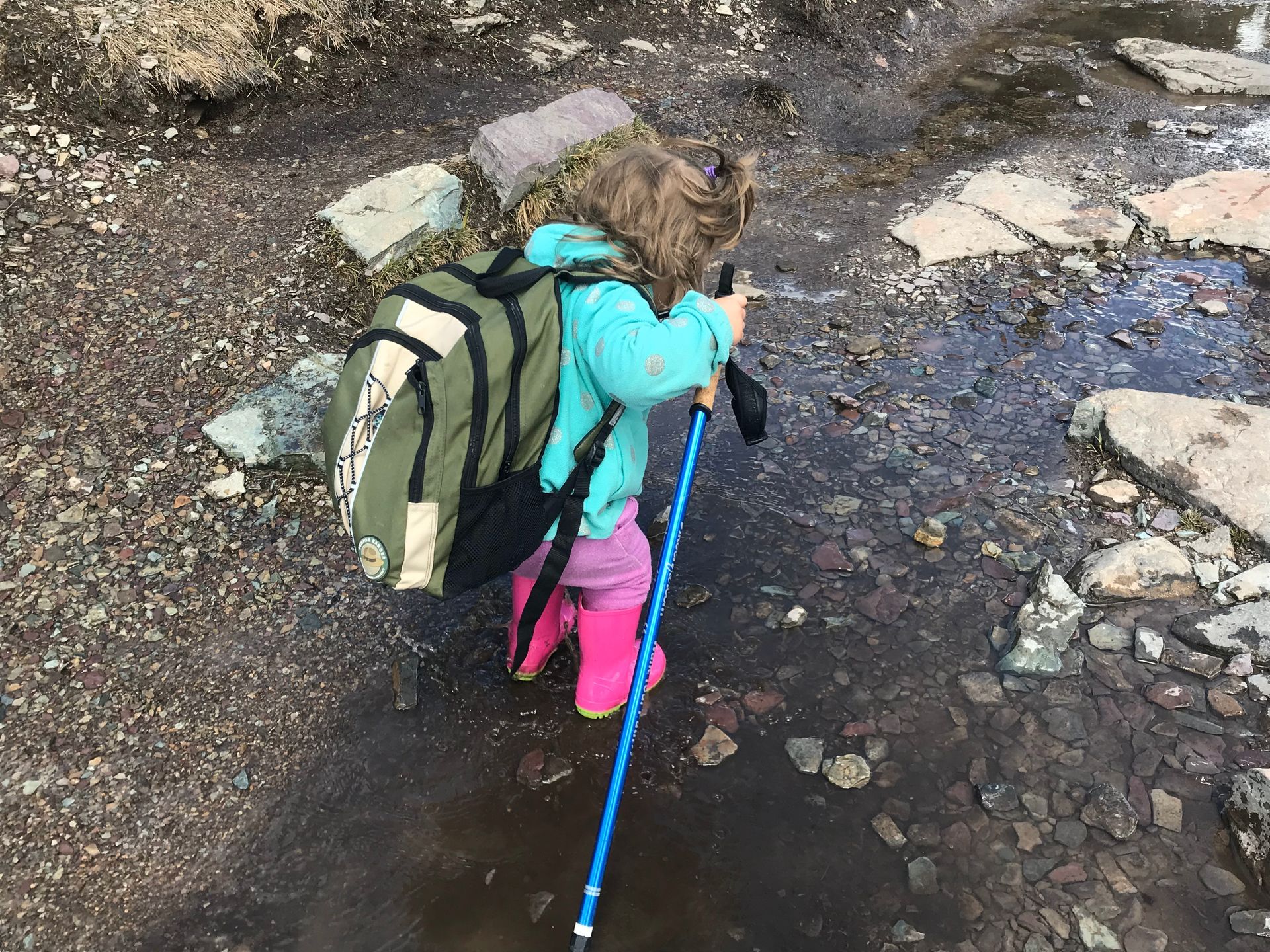
Kids explore at their own pace. What looks like “dawdling” may be them discovering mushrooms or cool bugs. Let them lead occasionally and be flexible with your timeline.
A slow hike with curiosity is better than a rushed, cranky one.
Break Ideas: Find a sunny log for a snack stop, let them dip their toes in a creek, or bring a lightweight picnic blanket for a mid-hike sit-down.
Tip #6: Gear Up Smart
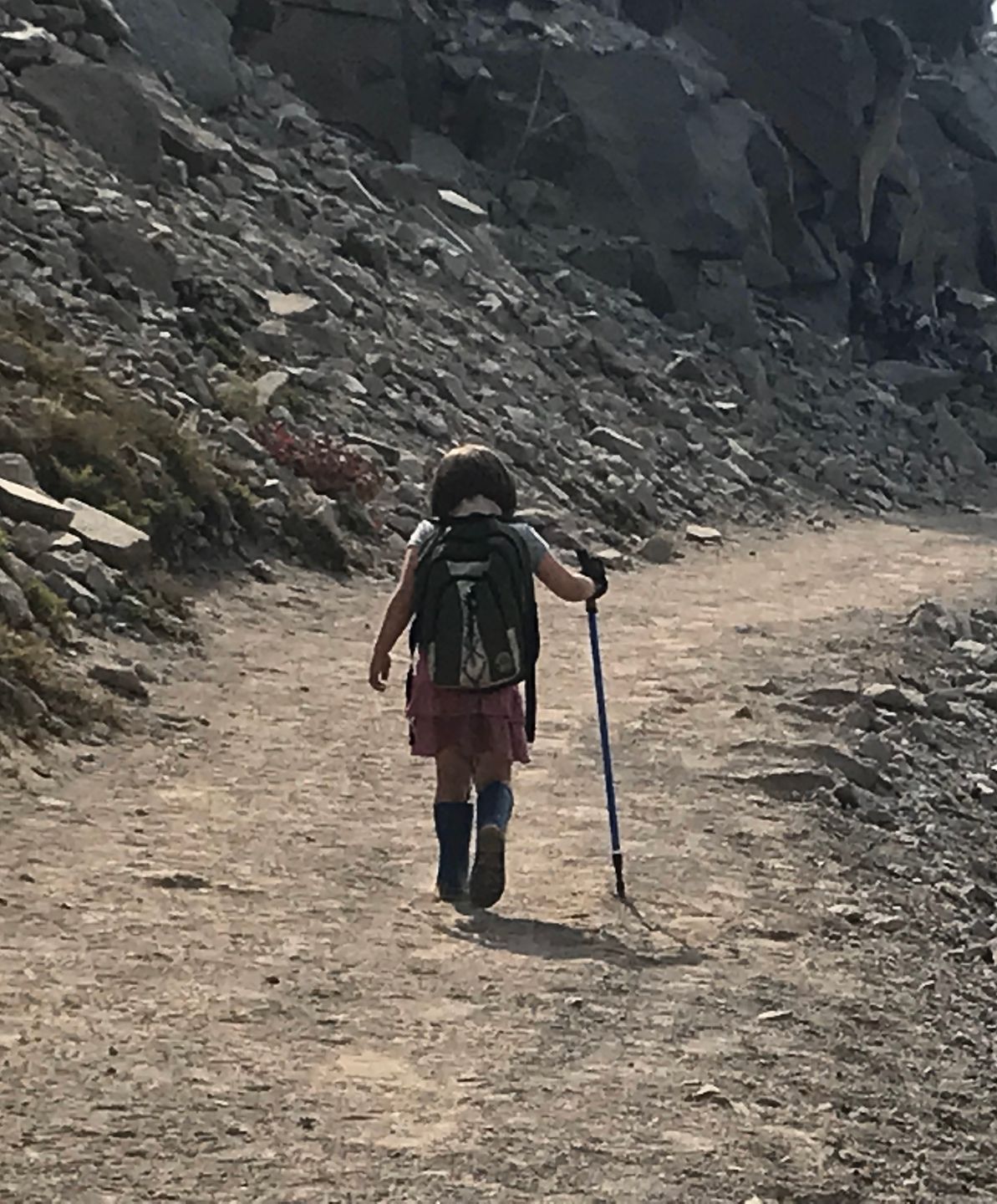
You don’t need the fanciest gear, but a few basics make a big difference:
- Comfortable hiking shoes (no flip-flops but I love hiking in my earthrunners!)
- Lightweight backpacks (our kids started carrying backpacks at age 4, they LOVED it)
- Sunscreen, bug spray, and hats
- A whistle (for safety, especially on wider or busier trails)
- A hiking stick (if you are going up in elevation, this is a life saver for kids)
- Bear Spray if you are in bear country! Every adult should have one and older kids too. All of our kids (9-14, know how to safely carry and use if needed.)
Safety Tip: Attach an ID tag or write your phone number on a wristband in case you get separated.
Tip #7: Hike During Their Happy Hours
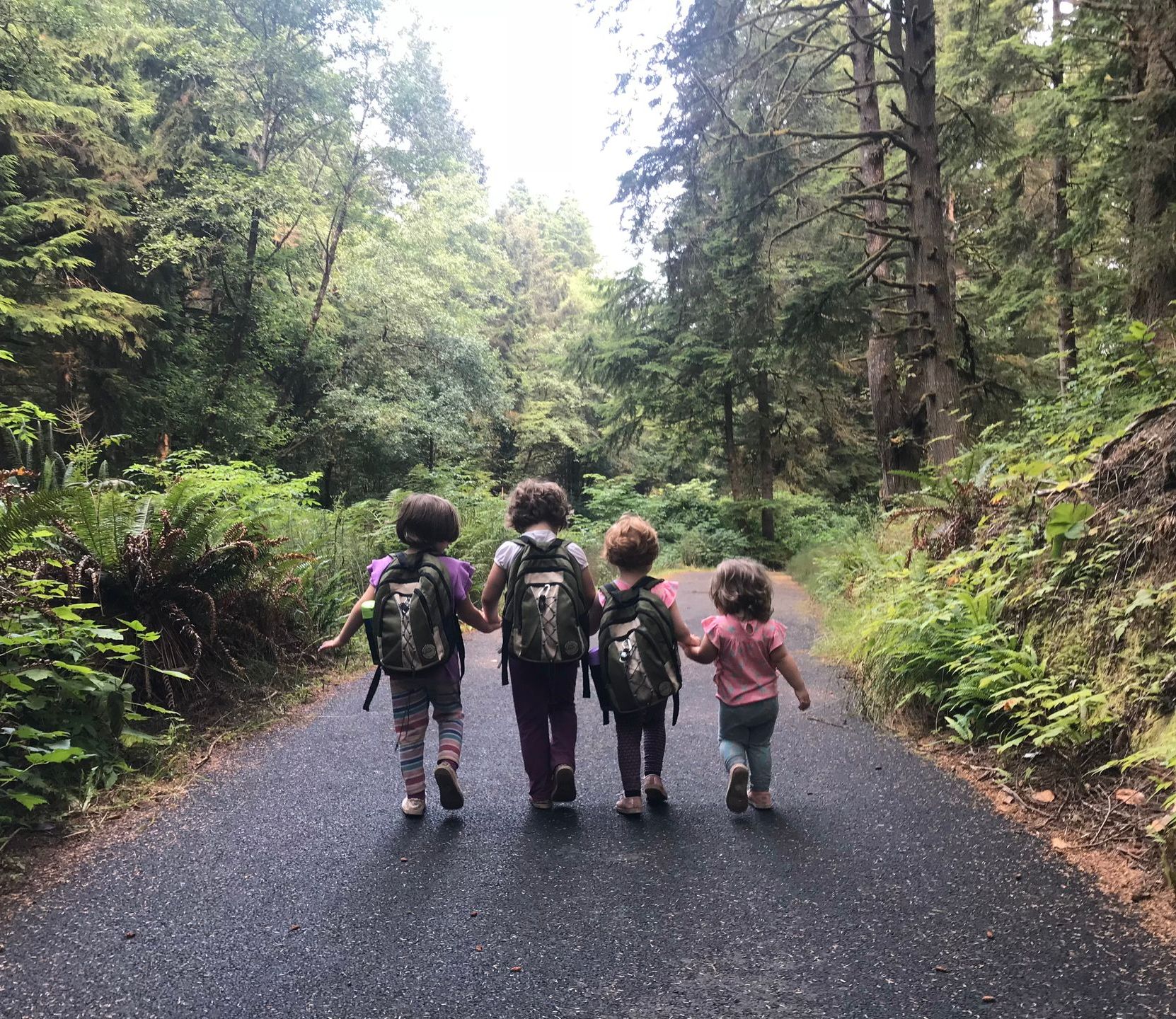
Timing is everything. Mornings or just after a nap are ideal for most kids. Avoid starting too close to meal or bedtime when crankiness is most likely.
Bonus Tip: Try sunrise or sunset hikes (on very easy trails) for magical lighting and a fun family tradition.
95% of the time we are out hiking between 8 and 9 am in the morning. Enjoy one or several snacks while out and eat a late lunch mid afternoon when we return.
Tip #8: Teach Trail Etiquette
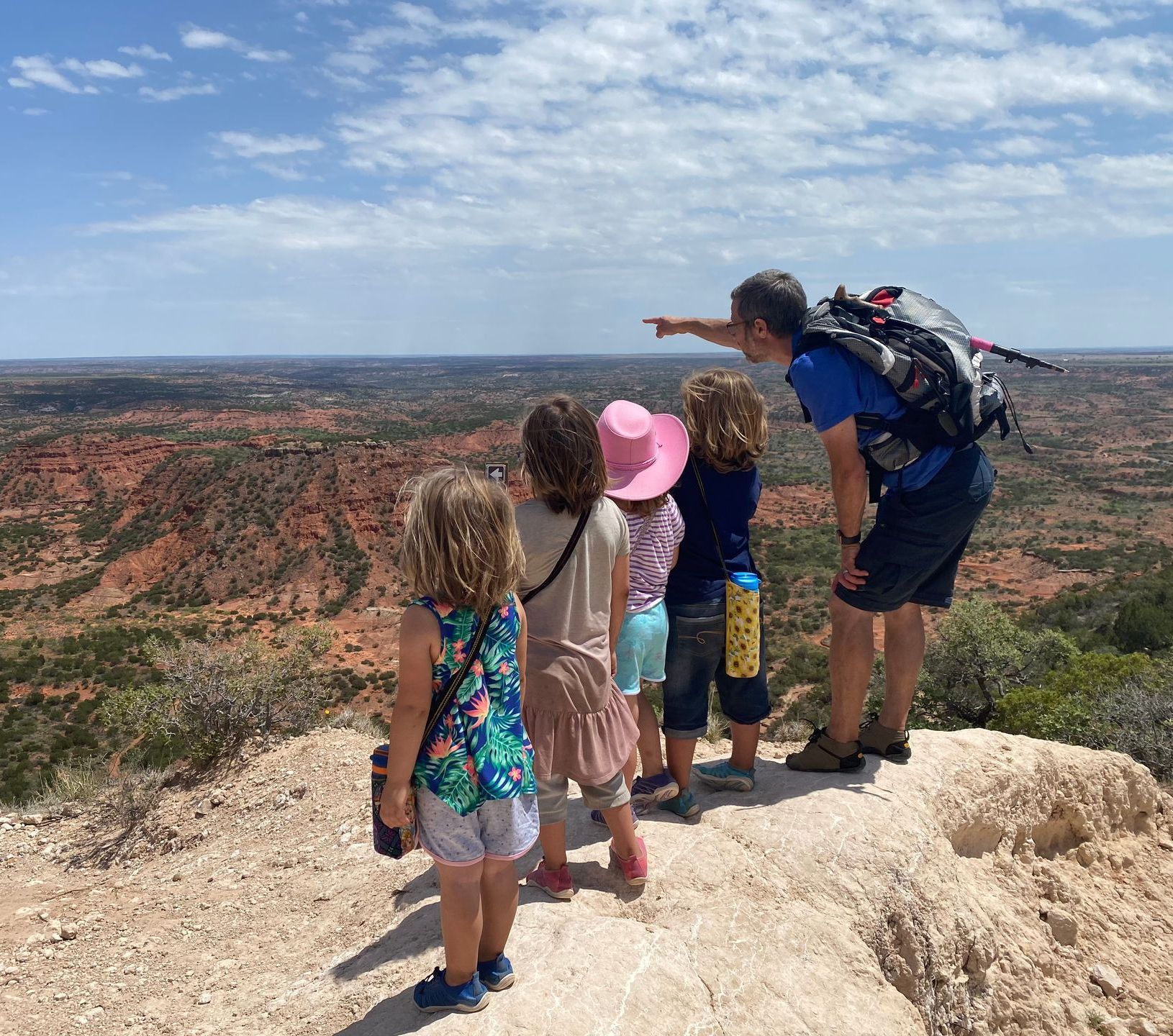
Even little ones can learn to “Leave No Trace.” Teach them:
- To stay on the trail
- Not to pick plants or disturb animals
- To say hello to fellow hikers
- How to pack out their trash
Pro Tip: Let kids carry a small trash bag and earn “eco-points” for collecting litter. Plus most State and National parks have Junior Ranger programs and often times as part of the program they ask the kids to pick up trash as part of earning their badge! Another bonus of hiking!
Tip #9: Carry A Basic First Aid Kit
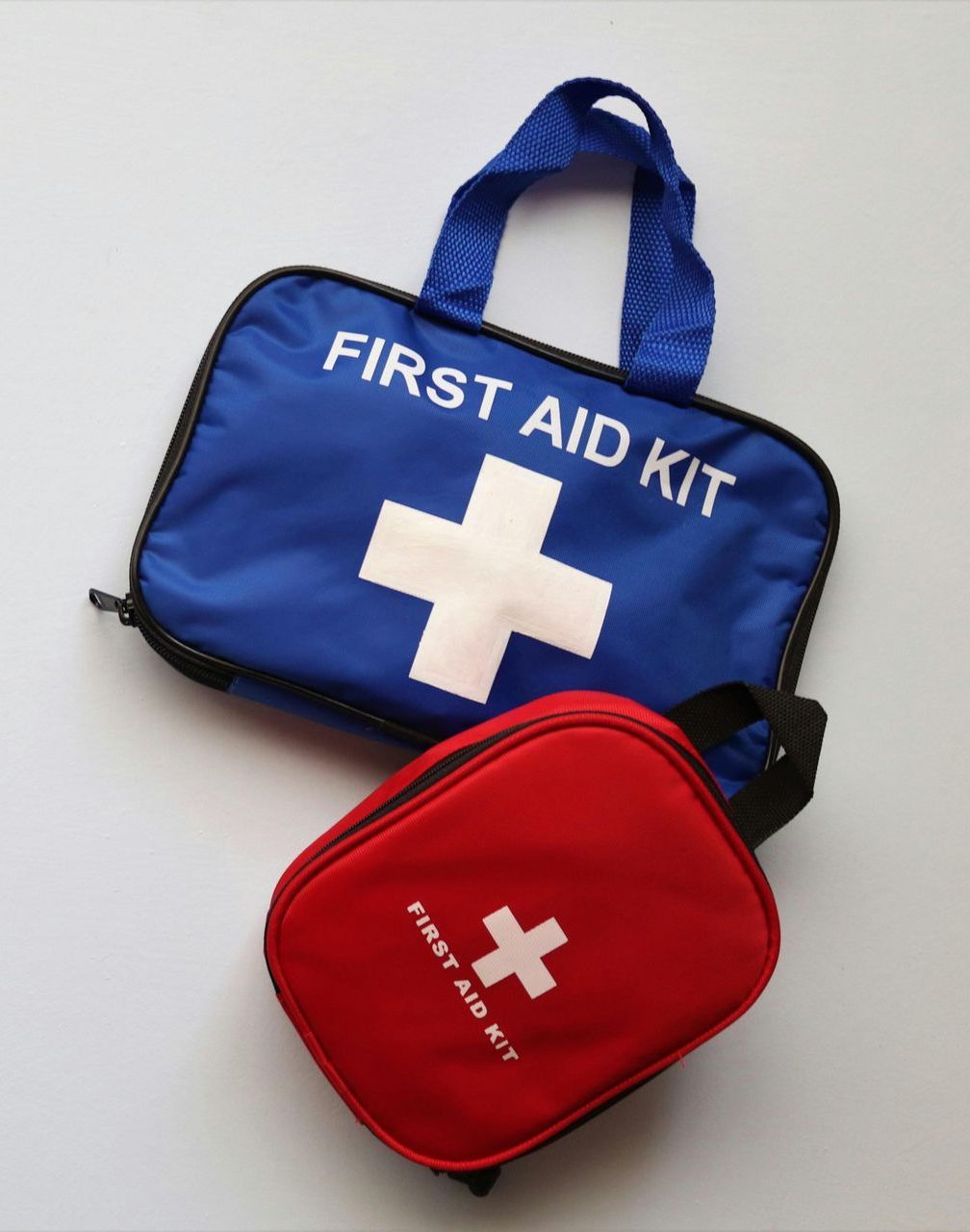
Kids (and adults too) can trip, scrape, and blister. A small kit should include:
- Band-aids
- Antiseptic wipes
- Tweezers for splinters
- Blister pads
- Allergy medicine (if needed)
Peace of Mind: Also bring a laminated card with emergency contact info and any health info for your child.
Tip #10: Celebrate The Small Wins

The hike doesn’t have to be perfect to be a success. Celebrate every hike, no matter how long or short. Take a silly selfie at the trailhead, bring a sticker chart to track each new hike, or reward them with a small post-hike treat like hot cocoa or an ice cream stop.
Memory Maker: Start a “Hiking Journal” for your kids to draw or write about each trail adventure.
See the FREE downloadable journal sheet below!
Building Future Trail Lovers
The key to hiking with kids is not distance, speed, or conquering peaks, it’s creating an experience they’ll want to repeat. With the right preparation, realistic expectations, and a sense of wonder, hiking as a family becomes a cherished activity that teaches resilience, observation, and respect for nature.
We started small and over the years we have done multiple 10+ mile hikes with our kids. We’ve hiked on beaches, in the mountains, the desert and beyond. One winter we spent at Death Valley and I calculated over 300 miles hiked. Anything is possible with a little practice and preparation. Now is the time to start dreaming of all the trails you would like to hike with your family!
So grab your gear, round up the crew, and hit the trail, your next great family memory is just a few steps away.
FREE Printables
To help make your family hikes even easier, I’ve included two free downloads just for you! One is a Family Hiking Essentials Checklist to ensure you don’t forget a thing, and the other is a Kid-Friendly Trail Activity Sheet to keep the little ones engaged and entertained along the way. Feel free to print them out and take them on your next adventure!
Other blogs you might like...
